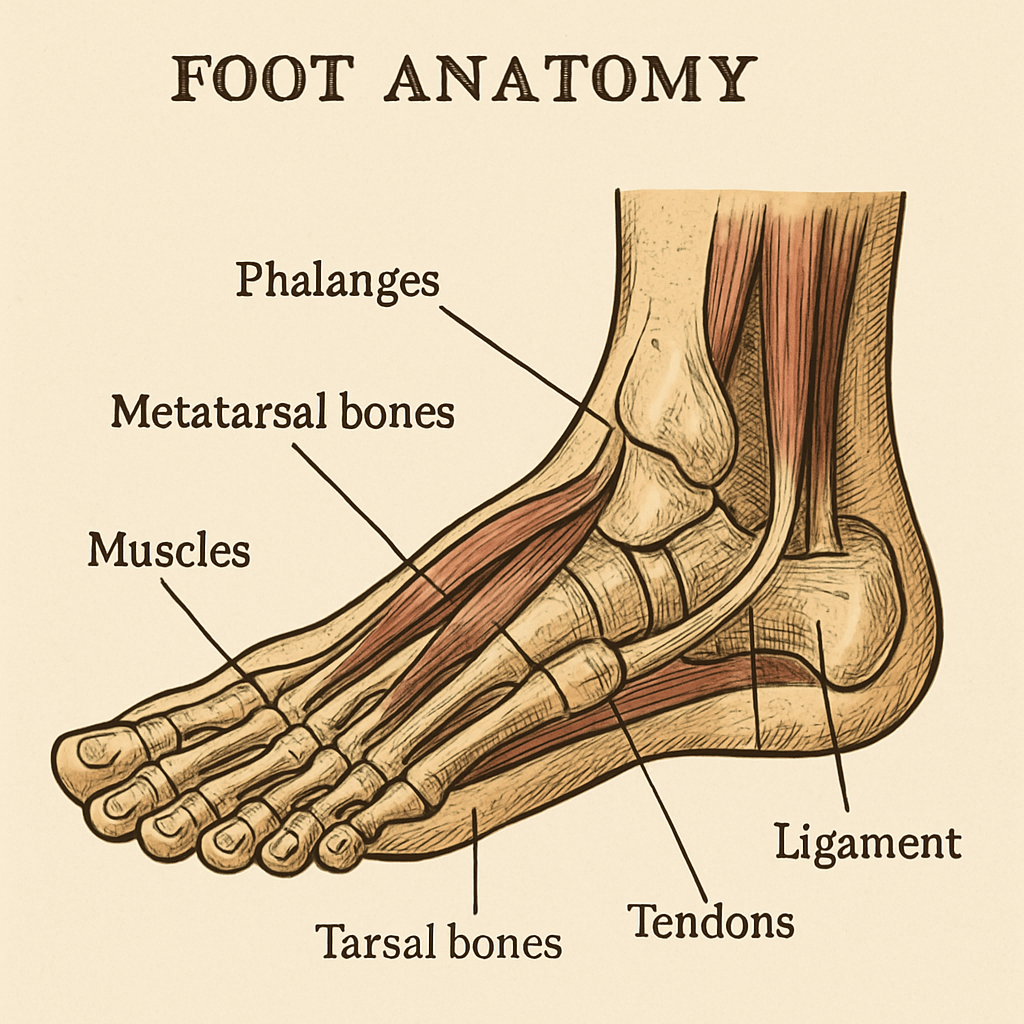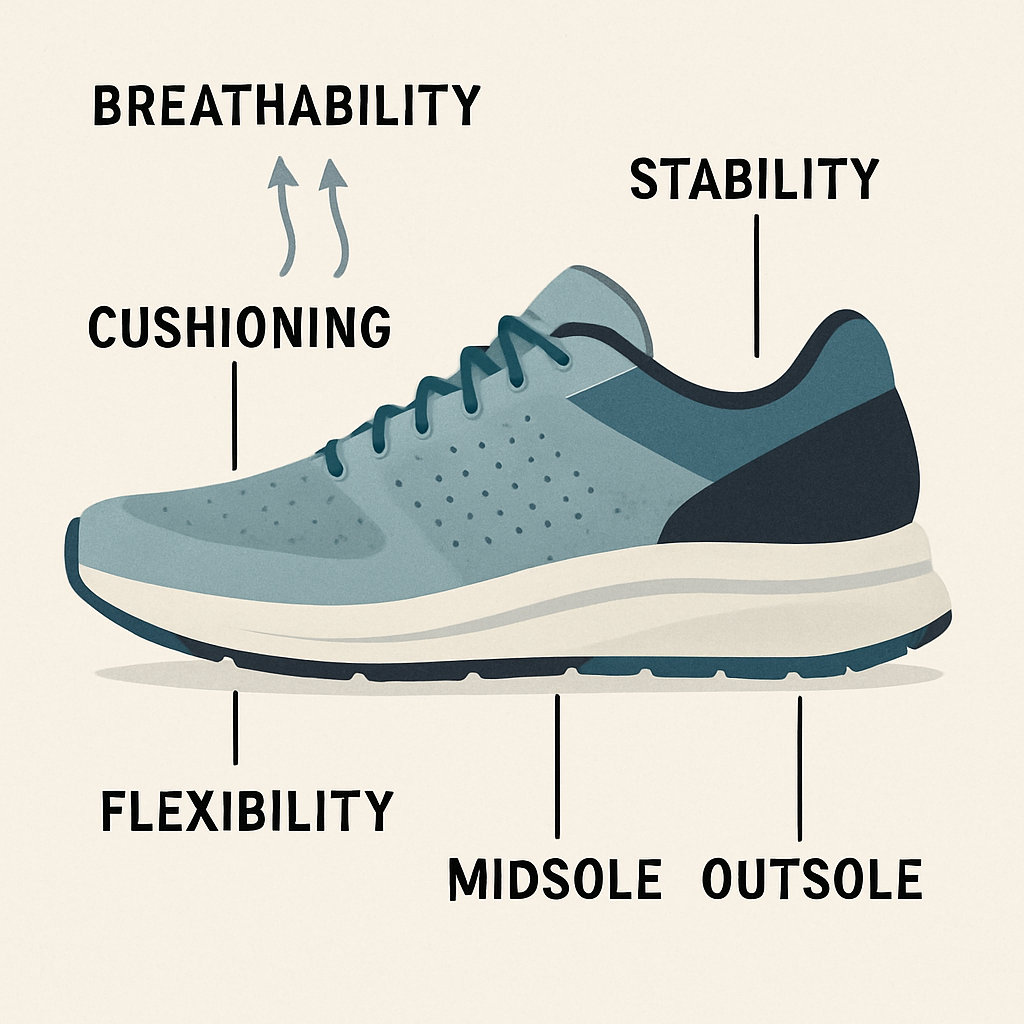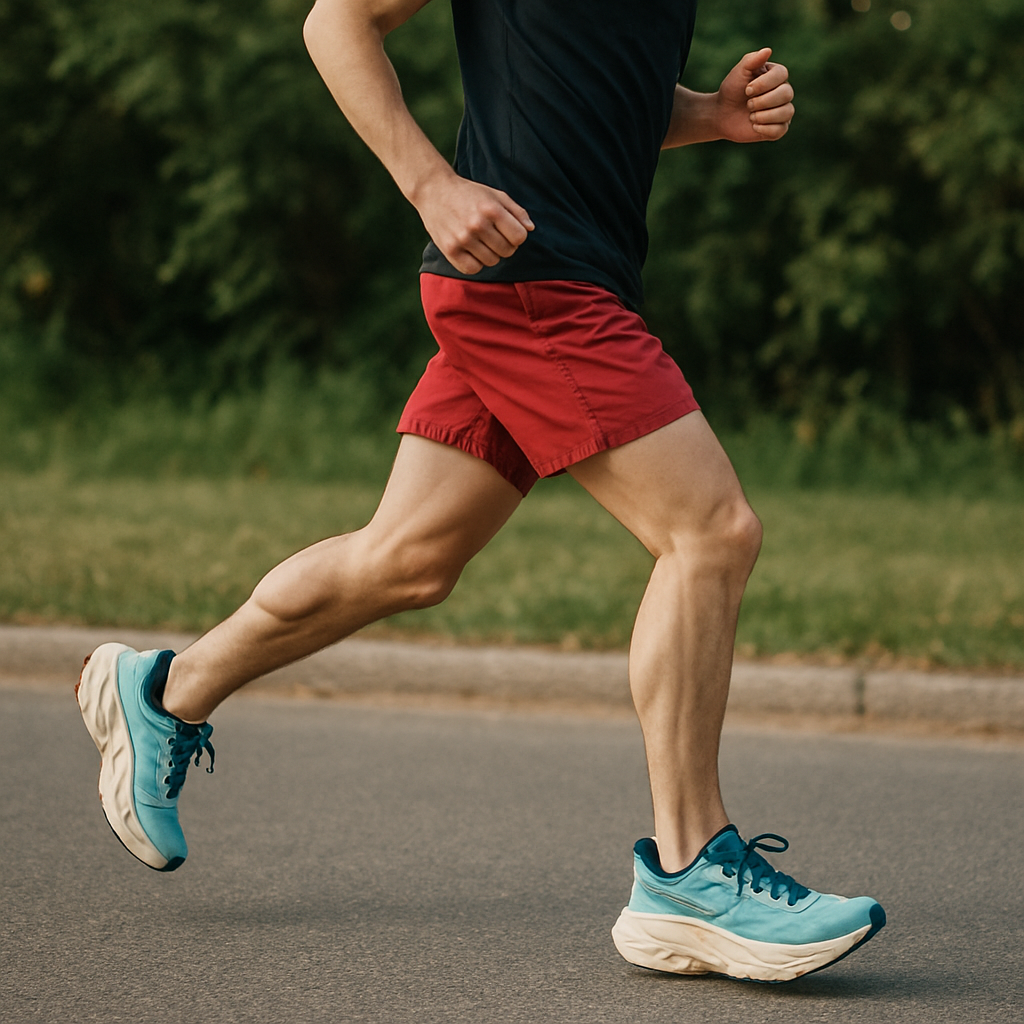Running Shoe Guide for Flat Feet
When it comes to running, choosing the right shoes is crucial, especially for individuals with flat feet. Flat feet can lead to discomfort and even injury if not properly supported. This guide will help you understand what to look for in running shoes tailored for flat feet, ensuring both comfort and performance.

Common Issues Faced
People with flat feet often experience overpronation, where the foot rolls inward excessively during walking or running. This can lead to stress on the ankles and knees, resulting in pain and potential injury. It's important to address these issues with the right pair of running shoes.
Features of the Best Running Shoes for Flat Feet

Arch Support
The most crucial feature for flat feet is excellent arch support. Look for shoes with built-in orthotics or the ability to accommodate custom orthotics. This support helps stabilise the foot and reduce pronation.
Stability and Motion Control
Shoes designed for stability or motion control are ideal for flat feet. These shoes often have a firmer midsole and a supportive heel counter to prevent excessive inward rolling.
Cushioning
Adequate cushioning is essential to absorb shock and reduce stress on the feet and joints. Look for shoes with good cushioning in the midsole and heel areas.
Wide Toe Box
A wider toe box can provide additional comfort for those with flat feet, preventing blisters and allowing the toes to spread naturally during movement.
Caring for Your Running Shoes
To prolong the life of your running shoes and maintain their support, follow these care tips:
Rotate Your Shoes
If you run frequently, consider rotating between two pairs of shoes. This allows each pair to fully dry and recover between runs, extending their lifespan.
Store Properly
Keep your shoes in a cool, dry place away from direct sunlight. This helps preserve the materials and maintain their structural integrity.
Clean Regularly
Wipe off dirt and debris after each run to prevent buildup. Avoid machine washing, as this can damage the shoes' structure.
When to Replace Your Running Shoes
Running shoes for flat feet should be replaced regularly to ensure they continue to provide adequate support. Signs that it's time to replace your shoes include:
- Worn-Out Soles: If the soles are visibly worn down, they can no longer provide the necessary traction and support.
- Decreased Cushioning: If you notice less cushioning and comfort, it's time for a new pair.
- Pain and Discomfort: Any new pain or discomfort during runs may indicate that your shoes are no longer offering proper support.
Conclusion
Choosing the right running shoes is essential for individuals with flat feet to ensure comfort and prevent injuries. By focusing on arch support, stability, cushioning, and fit, you can find the perfect pair to enhance your running experience. Remember to regularly assess your shoes' condition and replace them as needed to maintain optimal performance and support.
With the right running shoes, you'll be well-equipped to tackle any running challenge, keeping your feet happy and healthy.








